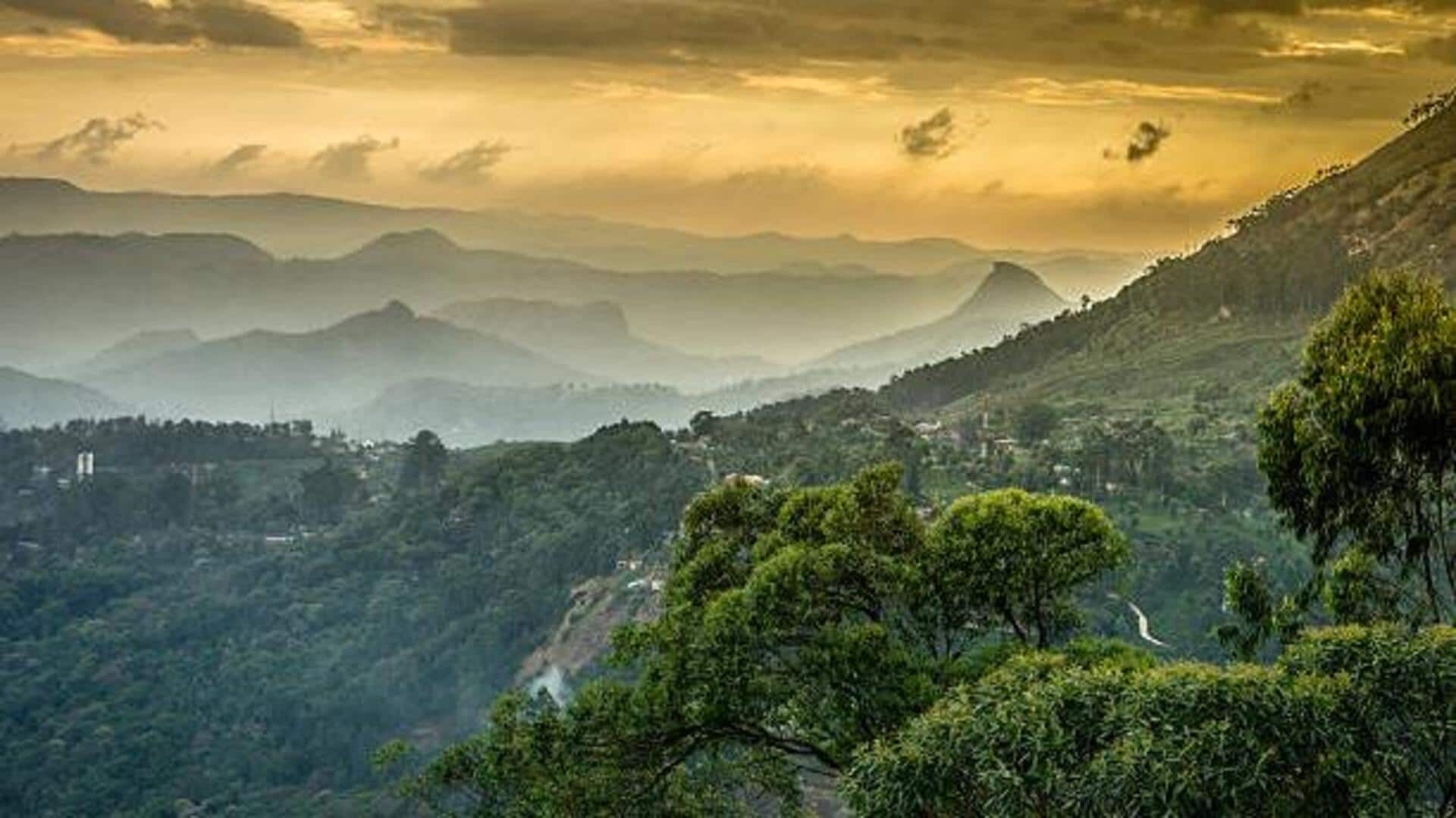
Trekking in India's Western Ghats: Tips for an epic adventure
What's the story
A UNESCO World Heritage site, the Western Ghats promises an exhilarating trekking experience through its lush locales. Covering over 1,600 kilometers along the western coast of India, the mountain range is home to diverse flora and fauna. Trekkers can explore dense forests, cascading waterfalls, and sweeping views. The region's rich biodiversity and challenging trails make it an ideal spot for adventure enthusiasts wanting to lose themselves in nature.
Biodiversity
Explore the biodiversity hotspot
The Western Ghats is one of the world's eight "hottest hotspots" of biological diversity. With over 7,400 species flowering plants, and many endemic birds and mammals species, trekkers can spot unique wildlife. The region's diverse ecosystems comprise tropical rainforests and montane grasslands. This biodiversity makes every trek an opportunity to spot rare species in their natural habitat.
Waterfalls
Discover scenic waterfalls
Trekking through the Western Ghats often ends at stunning waterfalls, nestled deep within dense forests. Popular spots like Dudhsagar Falls promise breathtaking views as water cascades down rocky cliffs. These natural wonders make for refreshing stops during treks where you can relax by cool pools or click memorable photographs in the midst of lush greenery.
Trails
Challenge yourself on rugged trails
The Western Ghats also has plenty of trekking routes for everyone, from novices to expert trekkers looking for challenges on rugged terrains with steep ascents or descents. These routes test your endurance but reward you with spectacular vistas on top of summits such as Mullayanagiri Peak, which stands at a towering height of 1,930 meters above sea level.
Tips
Plan your trekking adventure wisely
Before you trek in the Western Ghats, make sure you have the right gear, including sturdy footwear and essentials like water bottles, snacks, first aid kits, maps, and compasses. Check the weather conditions beforehand as the monsoon season may affect trail accessibility. Hiring local guides is advisable for safety, especially in remote areas. Nearby towns offer accommodations and supplies for longer expeditions.